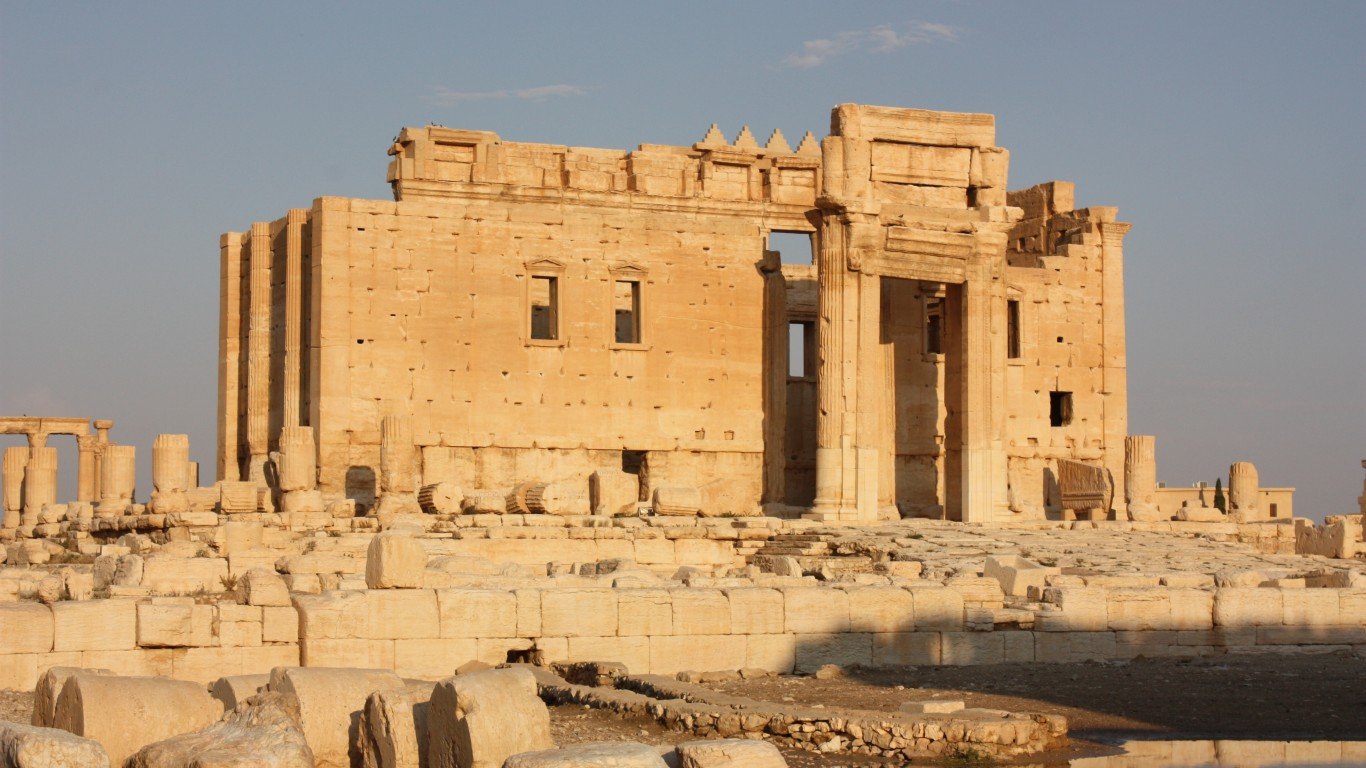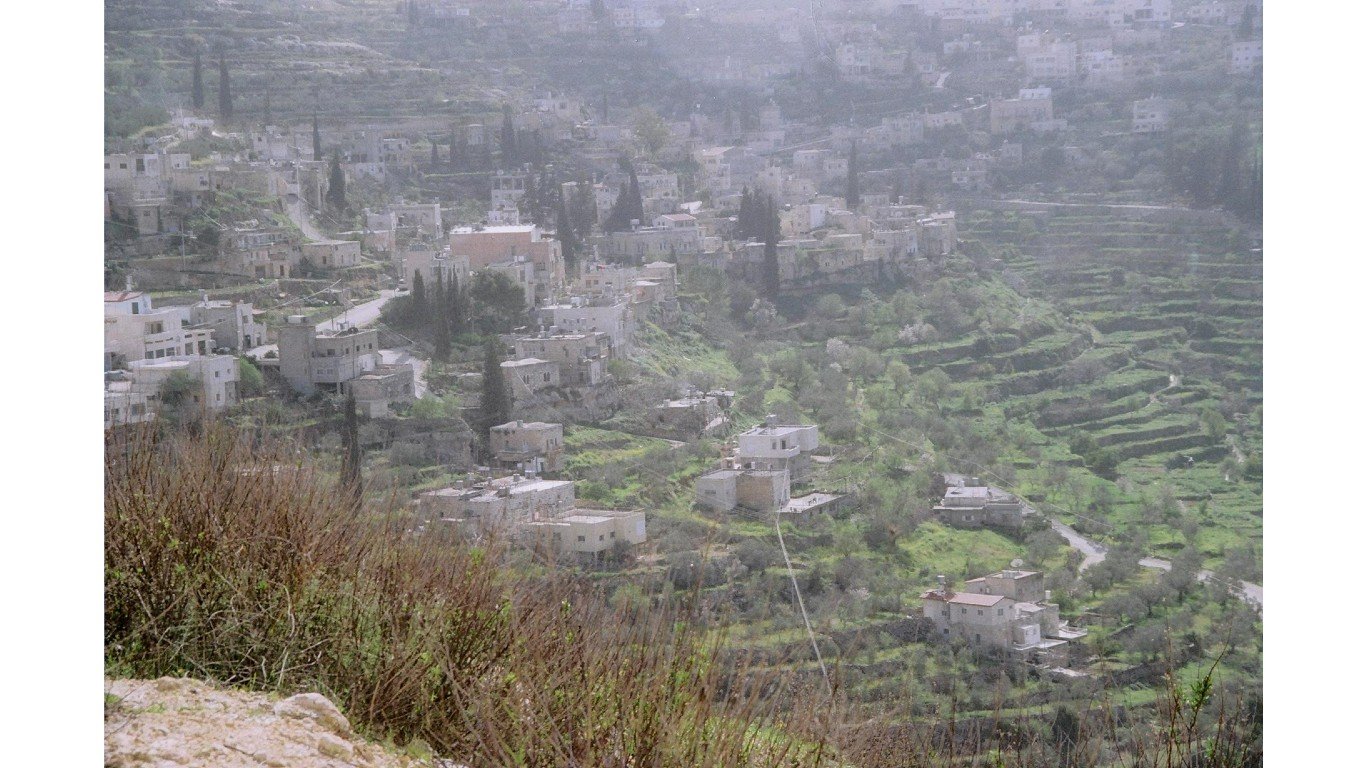Ancient Villages of Northern Syria (2013)
> Location: Syrian Arab Republic
There are 40 villages represented in this area of Northern Syria, dating from the first century and abandoned from the eighth to the 10th centuries. The villages are significant in that they show evidence of the transition of the pagan era to the Christianity. They offer detail in everyday life, with remains of street grids, temples, churches, bathhouses and dwellings. Concerns about the sites center around recent rural relocation that could negatively impact the sites.
Crac des Chevaliers and Qal’at Salah El-Din (2013)
> Location: Syrian Arab Republic
One of the best examples of castles constructed during the time of the Crusades is Crac des Chevaliers and Qal’at Salah El-Din, built in the 12th and 13th centuries. The castles represent a significant advancement in fortification design. There is concern about protecting the eastern slope of the site because of urban expansion. UNESCO believes the site needs a unified management plan.
Site of Palmyra (2013)
> Location: Syrian Arab Republic
Palmyra, located in the Syrian desert, is the site of the remains of an important cultural center from the ancient Middle East. Palmyra was an important stopover along the trade route to Persia and the Far East. The colonnaded ruins are evidence of Greco-Roman architectural skills as well as Persian influence. Palmyra is under threat from earthquakes and inadequate conservation efforts. Its fame is a double-edged sword because increased tourist visits have threatened its integrity.
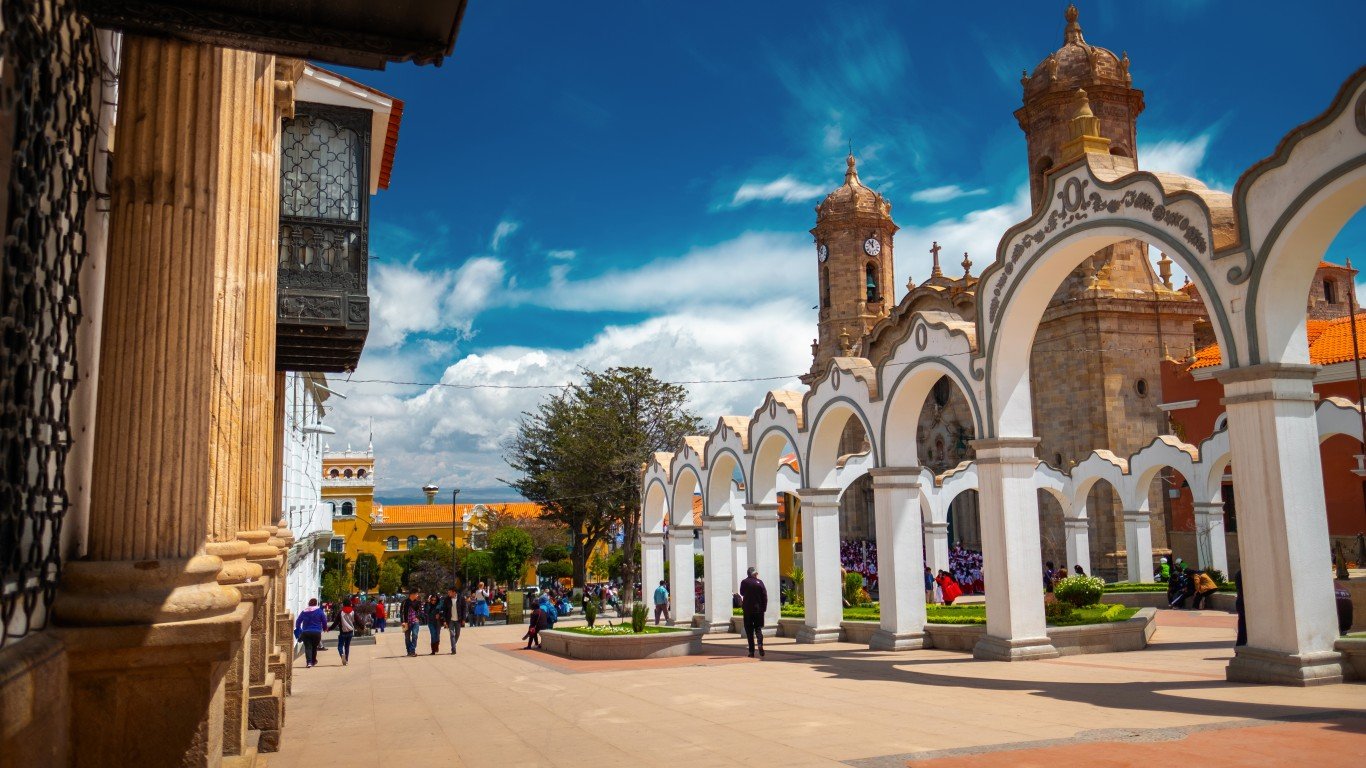
City of Potosí (2014)
> Location: Bolivia (Plurinational State of)
The city of Potosí high in the Bolivian Andes and is considered a superb example of a 16th-century silver-mining complex, reputedly the biggest industrial complex in the world at that time. Development in the region included construction of monastic churches and an architectural style called “Andean Baroque.” The silver lode helped bankroll the Spanish Empire. Decades of mining have led to degradation of the landscape, leaving the mountain porous and unstable.
Palestine: Land of Olives and Vines – Cultural Landscape of Southern Jerusalem, Battir (2014)
> Location: Palestine
Located just southwest of Jerusalem, this site is an example of the development of terraced farming fed by underground water sources through irrigation channels. Though protected by Palestinian laws, UNESCO is concerned that construction of a separation barrier would alter the terrace landscape and the irrigation system.
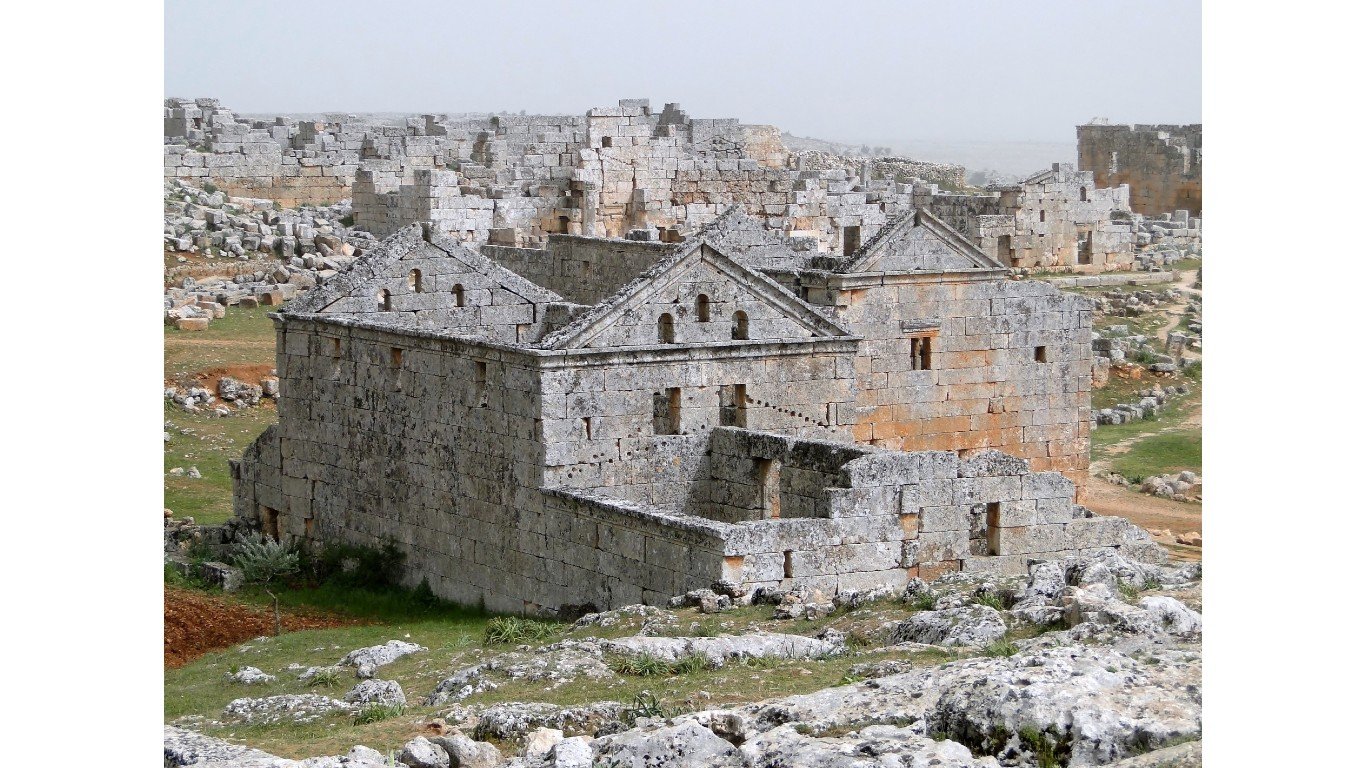

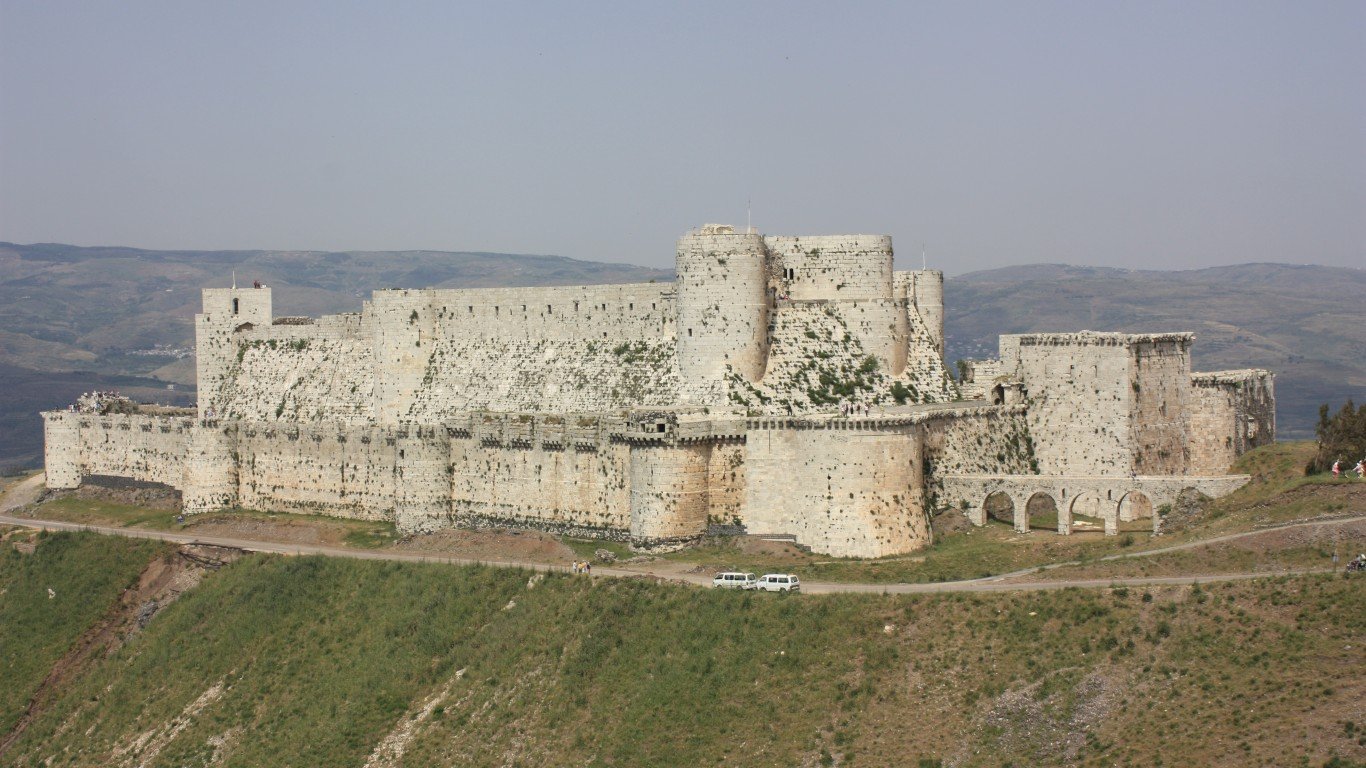
 24/7 Tempo
24/7 Tempo